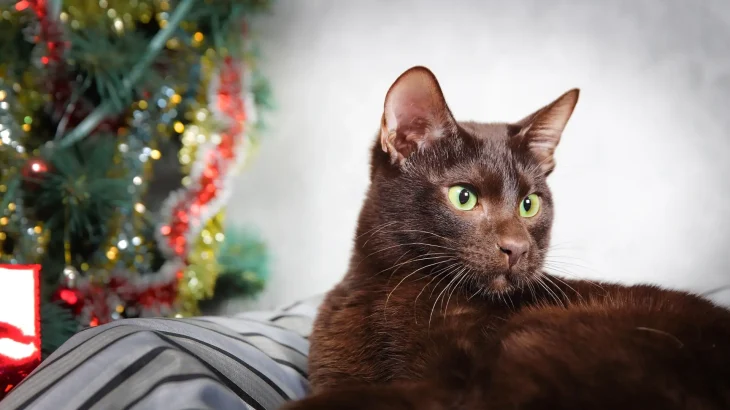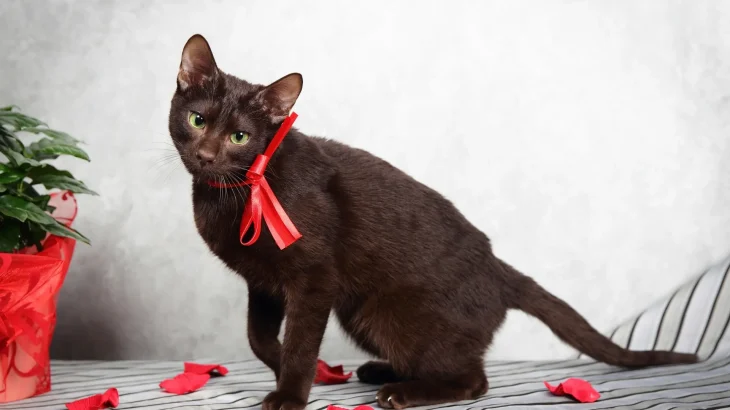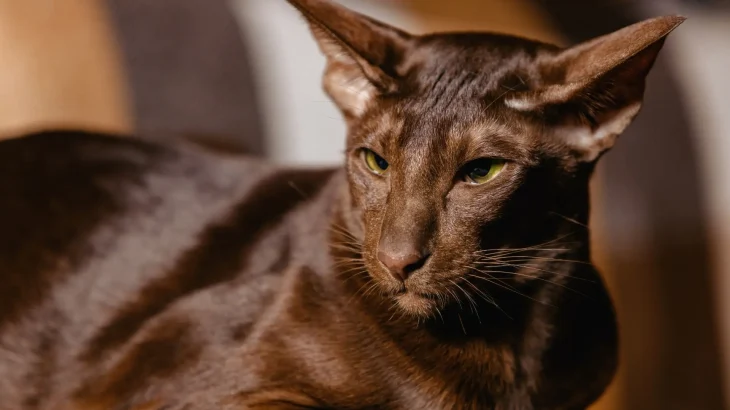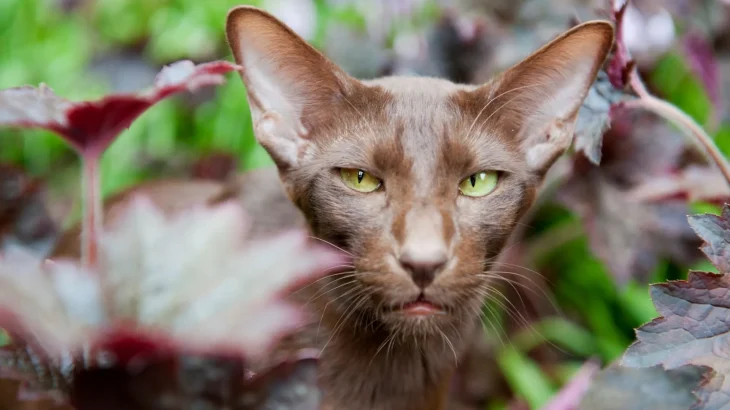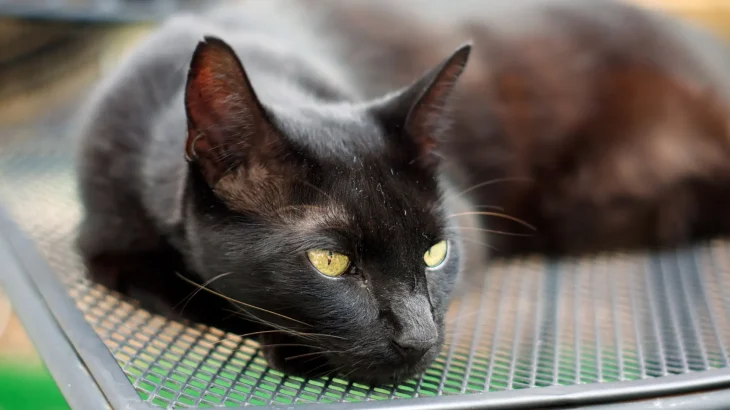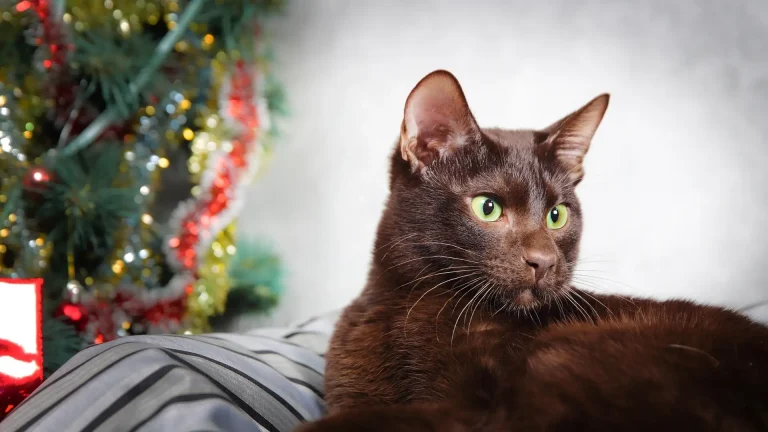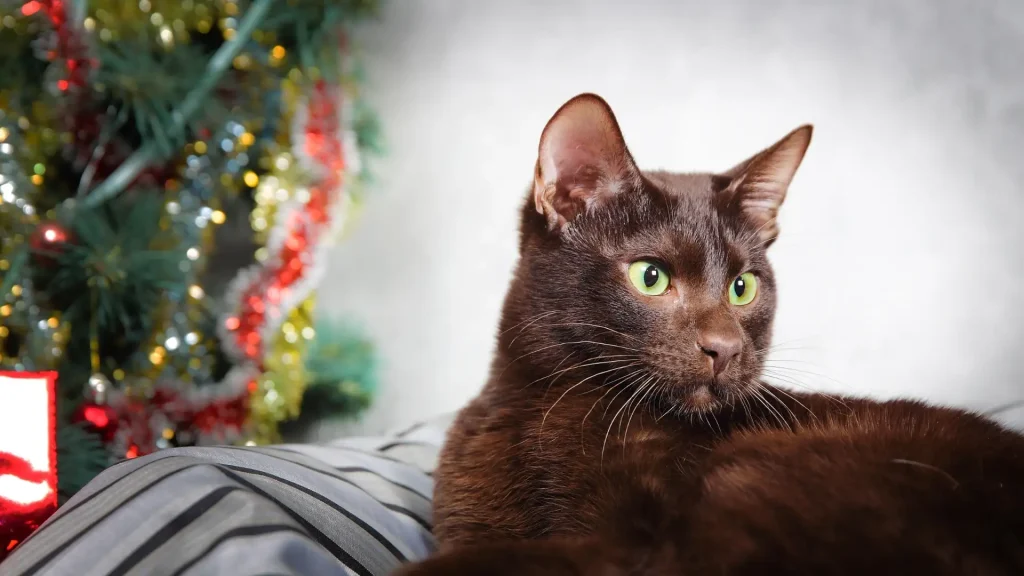Deciding whether to adopt or purchase a Havana Brown kitten involves weighing the benefits of each approach. Buying from a breeder typically ensures detailed health and pedigree information, while adopting offers a chance to provide a loving home to a cat in need, often at a lower cost. Each option comes with its own considerations that can influence your decision based on your priorities.
| Criteria | Buying from Breeder | Adopting from Shelter/Rescue |
|---|---|---|
| Cost | Higher initial cost due to purebred status and breeder expenses. | Lower fees that often include vaccinations, spaying/neutering, and microchipping. |
| Health History | Comprehensive health records and genetic screening provided. | Basic health checks performed; detailed history may be unknown. |
| Age Availability | Primarily young kittens for early bonding and training. | Varied ages available, including adults and seniors. |
| Temperament Insight | Breeders can inform about lineage temperament traits. | Shelter staff share observed behaviors, though background may be limited. |
| Supporting Practices | Supports responsible breeding when choosing reputable breeders. | Helps reduce shelter populations and gives homes to cats in need. |
| Breed Purity & Pedigree | Assured purebred with pedigree documentation. | Breed purity often unknown or mixed; focus is on finding a loving pet. |

